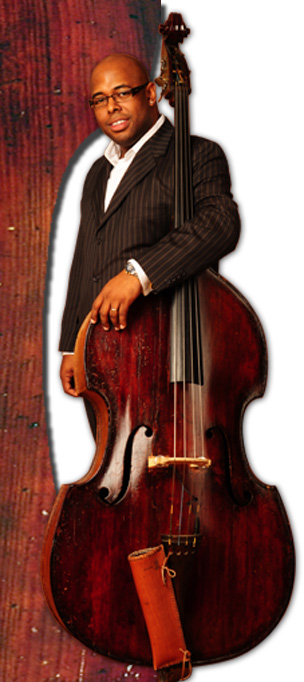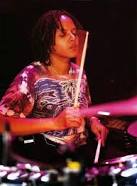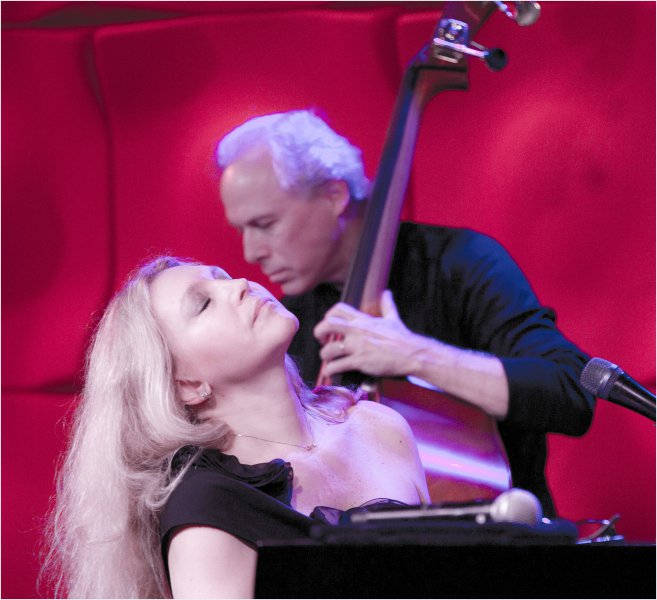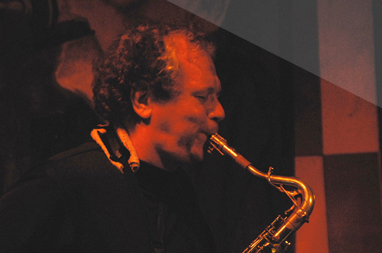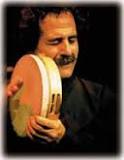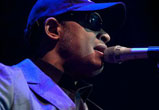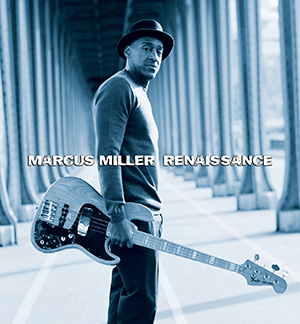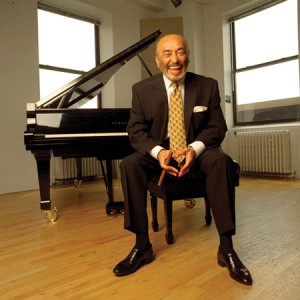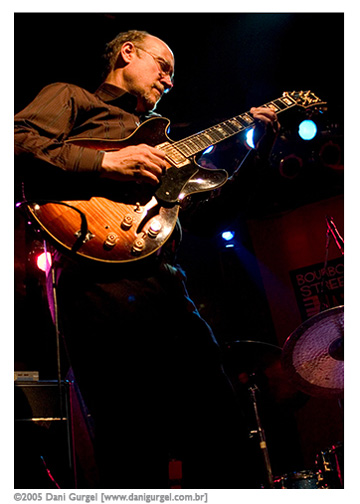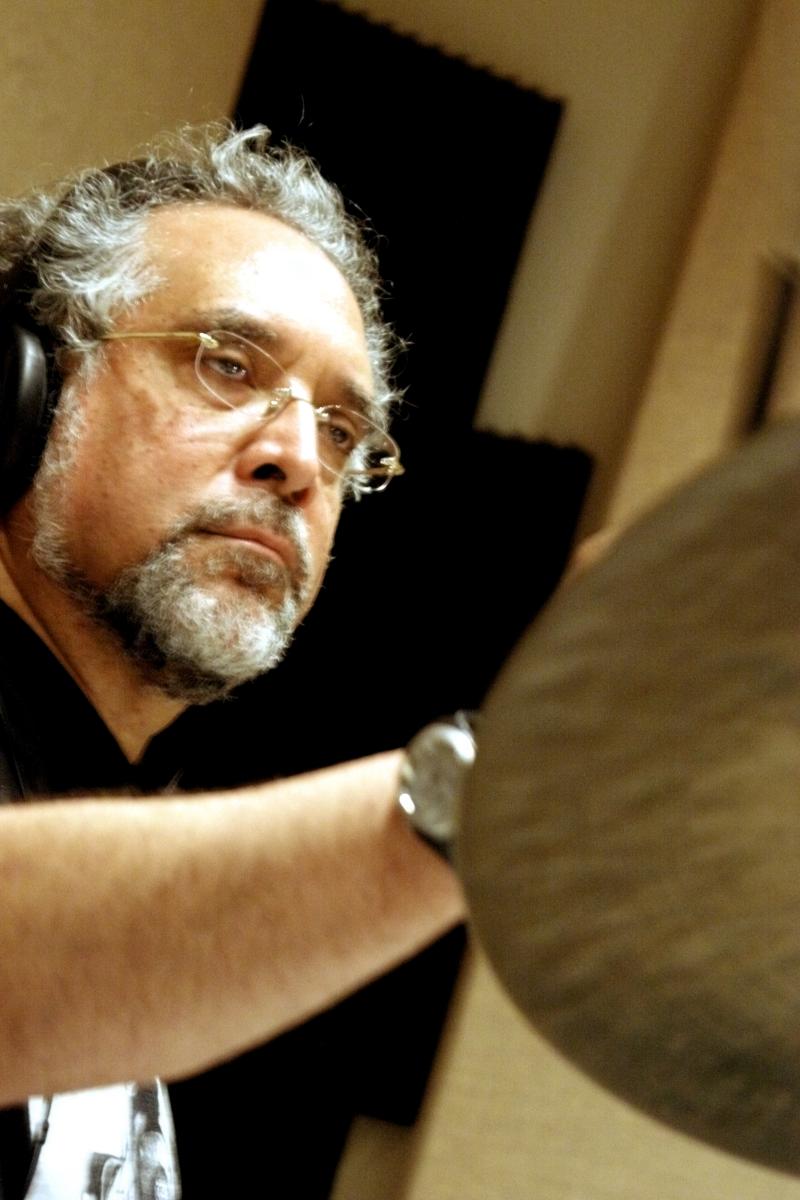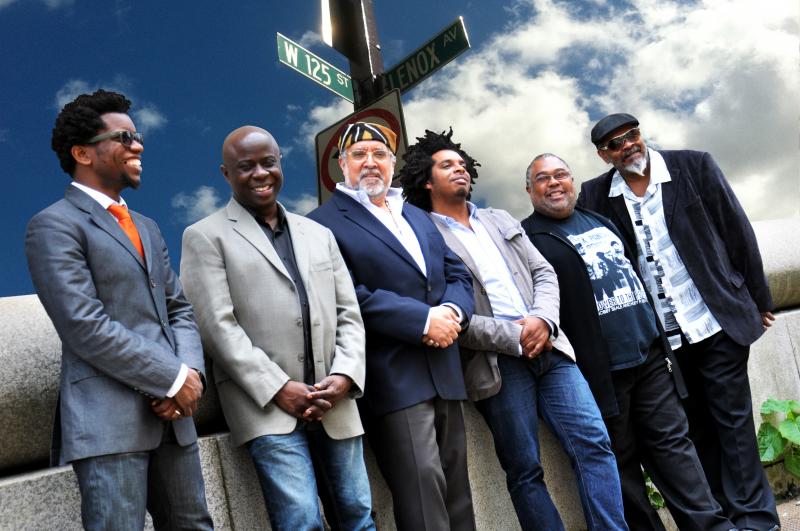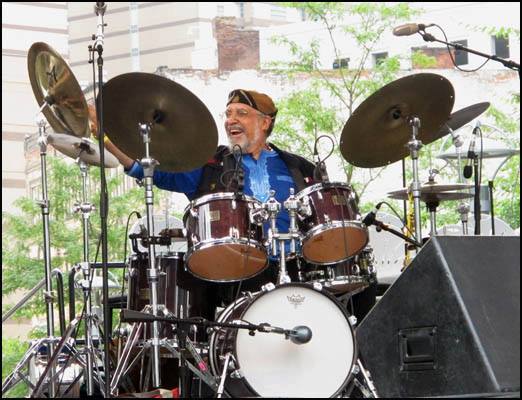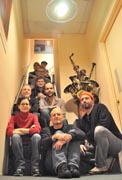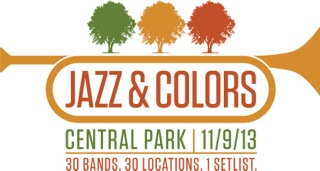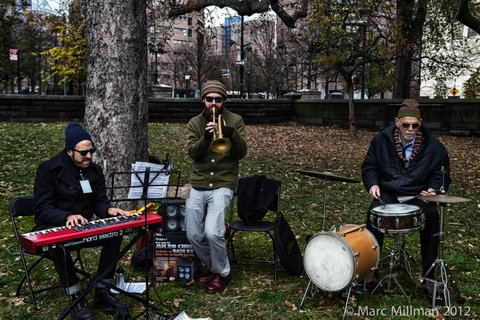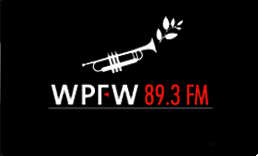
In celebration of our 35th anniversary, Tri-C JazzFest (TCJF), Cleveland’s signature annual jazz event, is making a paradigm shift in its format, from April to summertime. Long known by the moniker “America’s premier educational jazz festival,” TCJF was founded 34 years ago as a means of developing a jazz studies program for Cuyahoga Community College (Tri-C). My late friend and colleague Dr. Reginald Buckner, in residence at Tri-C at the time while on sabbatical from the University of Minnesota, caucused with Tri-C music professor Dr. Thomas Horning about building a jazz festival at Tri-C. At the time the Cleveland area was bereft of any semblance of a jazz festival and the time was ripe. Enhancing that atmosphere was the development of Cleveland’s Playhouse Square Foundation.
Some years prior four classic old movie houses in downtown Cleveland were in danger of being destroyed in favor of parking lot and other assorted potential downtown development. Long story short, at the 11th hour before the wrecking ball forever changed the face of that sector of downtown Cleveland, a movement spearheaded by the late U.S. Senator Howard Metzenbaum led to the creation of the not-for-profit Playhouse Square Foundation to develop and manage these conjoined theaters. Tri-C became the education partner of the Playhouse Square Foundation, whose theaters (the 14th Street, Allen, Hanna, Ohio, Palace, and State, which range in seating capacity from 277 seats to 3,194) now rank as the second most active (next to the Kennedy Center) performing arts theater complex in the country. So in addition to Tri-C’s campus auditoriums, the Playhouse Square theaters were the initial venue hubs for Tri-C JazzFest.
During the planning stages of TCJF, Buckner and Horning put together an organizing committee that included two of the founding members of the Northeast Ohio Jazz Society – at the time Cleveland’s most active jazz concert presenter – Dr. Larry Simpson (currently VP at Berklee College of Music) and myself. The prevailing idea of the plan was for the festival to be education-based and secondarily to build Tri-C’s jazz studies program. The core of the festival became several days of high school jazz band adjudications by visiting artists-in-residence, augmented by a strong evening concerts component. The festival continued to grow, from a weekend activity to a 10-day event with high school jazz band adjudications, clinics and masterclasses with visiting professionals by day, and evening concert presentations. Along the way Tri-C JazzFest has presented every major jazz artist – including many of the immortals – and introduced countless new, young & emerging artists to our audiences, in both ticketed and free events at a broad array of venues both on-campus and in Playhouse Square theaters, as well as across Cuyahoga County – including numerous presentations at sites in Cleveland’s traditional African American communities.
Seventeen years ago, after professional opportunities found my career migrating first to the Twin Cities in ’84 then Washington, DC in ’89, I happily accepted an opportunity to serve as Tri-C JazzFest’s artistic director. As our festival continued to develop in its annual April sequence, it felt more like a robust concert series than a traditional jazz festival design. And that 10-day format began to get a bit gray around the edges as the years progressed, the sheer length of the event somewhat taxing our potential audience; not to mention the fact that April in Cleveland doesn’t exactly beckon festival travelers the way summertime festivals do. So under the current leadership of festival managing director Terri Pontremoli, and with the blessing of Tri-C’s new president, Dr. Alex Johnson (after years of very active and robust support from Tri-C President emeritus Dr. Jerry Sue Thornton), we are actualizing a plan to shift Tri-C JazzFest to more of a compact, multi-stage, simultaneous performances, summer event with a developing outdoor component, during a time when Cleveland’s weather is quite agreeable.
So mark your calendars for the weekend of June 26-28, 2014 as the beginning of a new day for Tri-C JazzFest. We’ll be utilizing several of the Playhouse Square theater stages, including their new outdoor stage on Euclid Avenue, with performances throughout those days and evenings. Our annual jazz education days will continue to be in April (10 & 11) and the great bassist Christian McBride will be our artist-in-residence, including performances by his Trio and his big band charts during our June sequence. We’ve assembled a strong lineup for June 26-28, which besides Christian McBride includes the following great artists and more (all pictured below): Terri Lyne Carrington, the Cleveland Jazz Orchestra (playing the music of Christian McBride), Eliane Elias, Ernie Krivda’s Fat Tuesday Big Band (playing a program of the Oliver Nelson charts for Jimmy Smith), Jamey Haddad’s Global Drum, Dave Holland PRISM, the Sean Jones Quartet, Dave Koz, Raul Midon, Marcus Miller Band, Eddie Palmieri’s Latin Jazz Orchestra, Gregory Porter, John Scofield Uberjam, Trombone Shorty and more tba. As they used to say in ancient times, be there or be square!
For complete Tri-C JazzFest information, including venues, show times and ticket information please visit http://www.tri-cjazzfest.com or call 216/987-4049 and ask about our new Festival Pass – 12 concerts for $250 – a limited time offer available through December 31, 2013.

